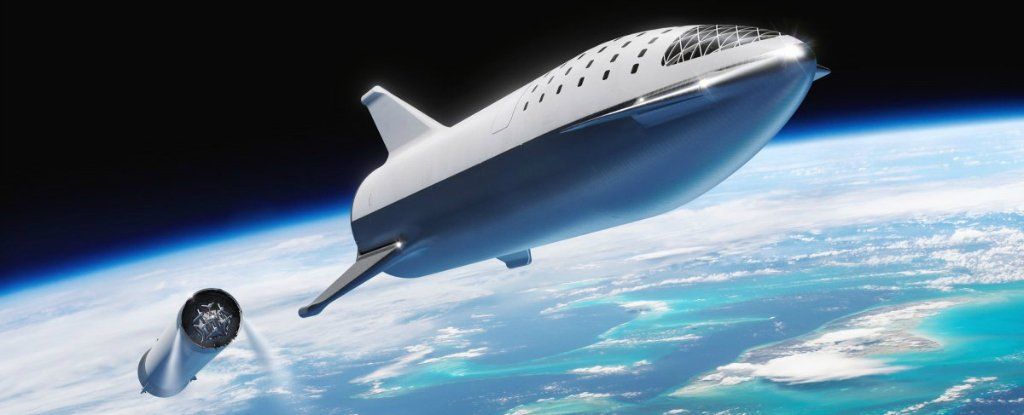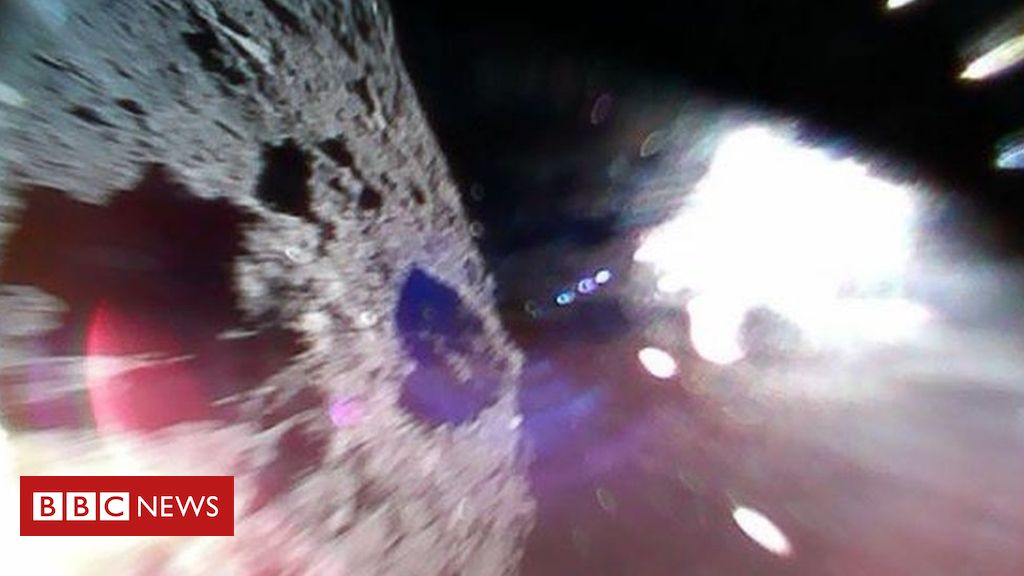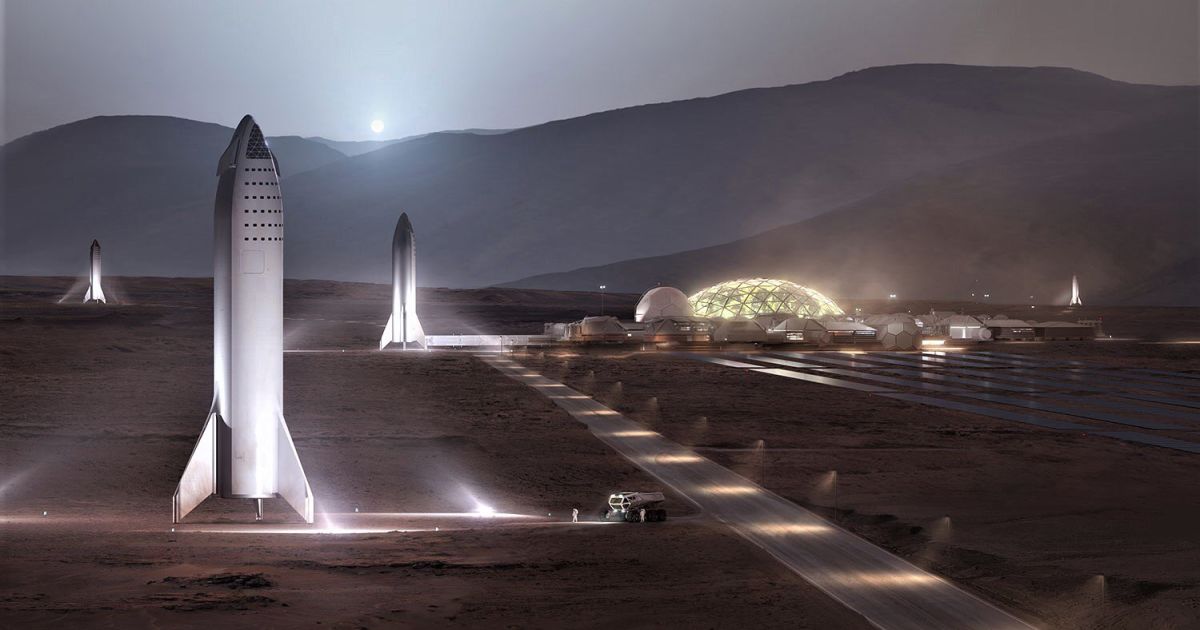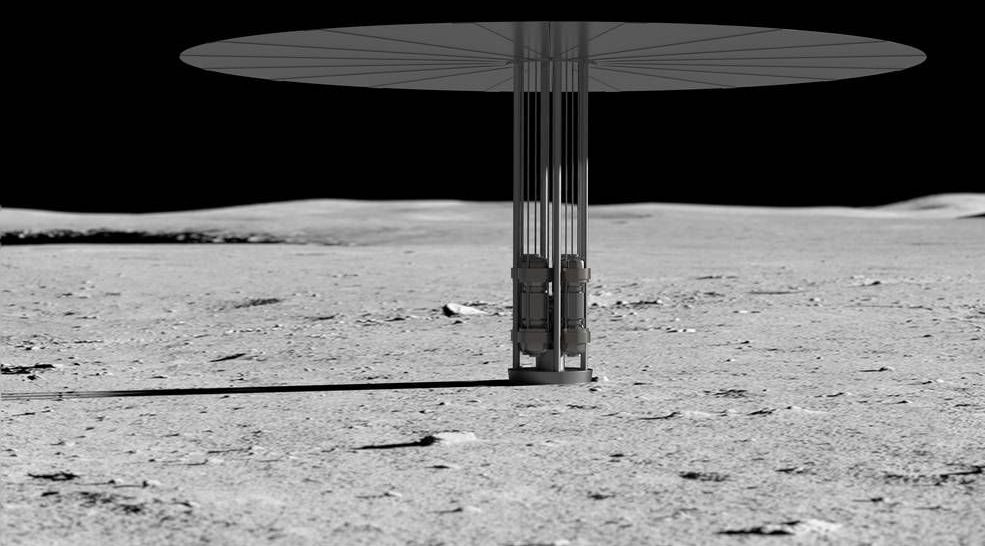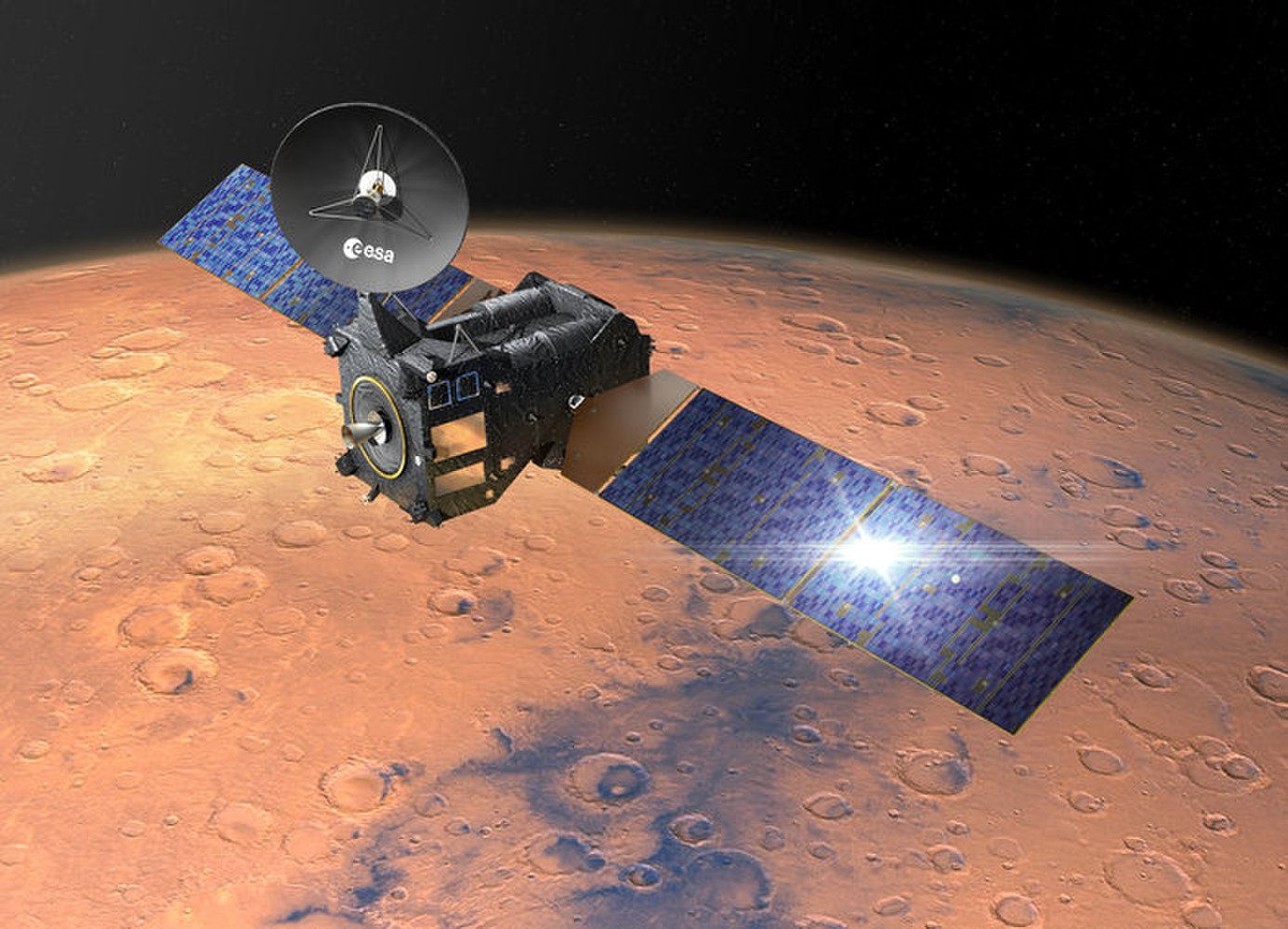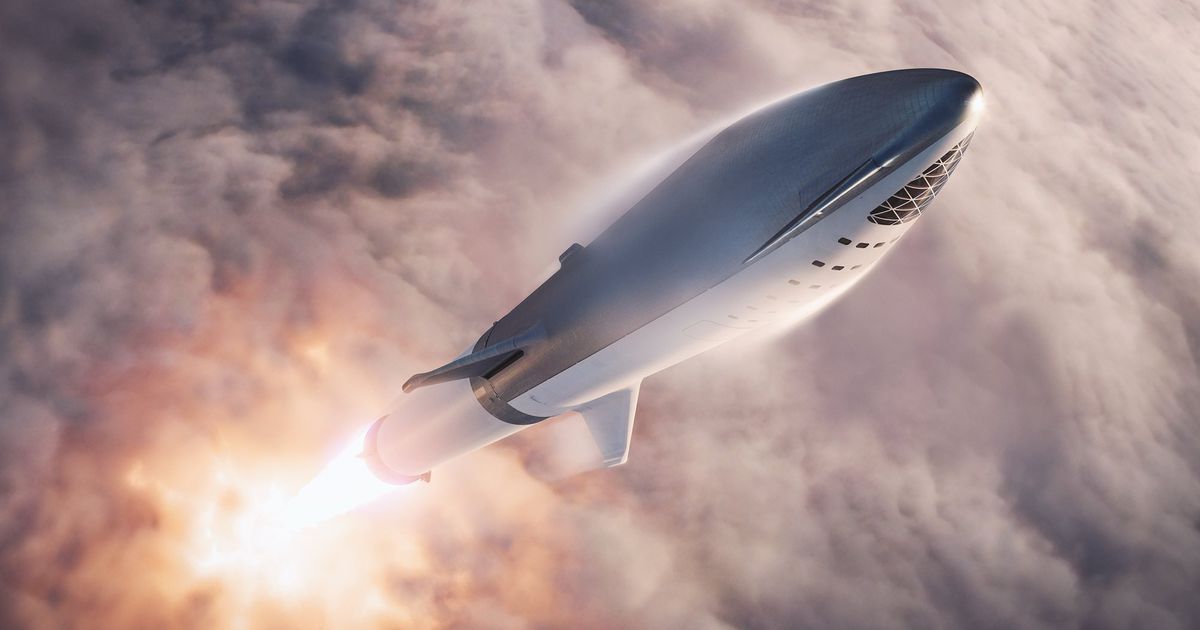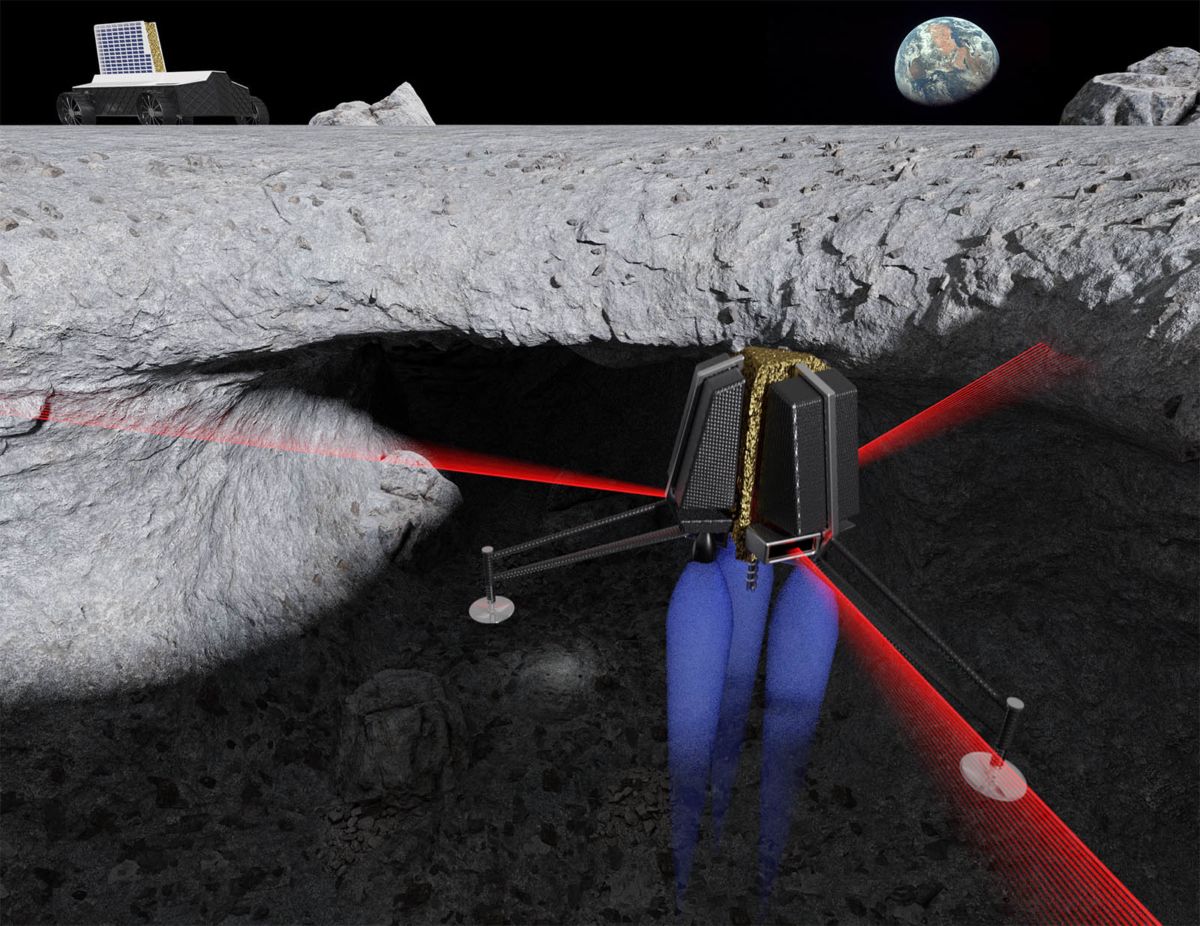Elon Musk has provided several new, rare, and telling glimpses into how his rocket company, SpaceX, is building a spacecraft to reach Mars.
On September 17, Musk announced that SpaceX would fly Japanese billionaire Yusaku Maezawa around the moon on the company’s Big Falcon Rocket or BFR. During that event, Musk showed off new renderings of the launch system, along with a few photos of the work going on inside SpaceX’s spaceship-building tent at the Port of Los Angeles.
These were the first new details about SpaceX’s rocket construction we’d gotten since April, when Musk posted a photo that revealed SpaceX was building the spacecraft using a 40-foot-long, 30-foot-wide cylindrical tool.
